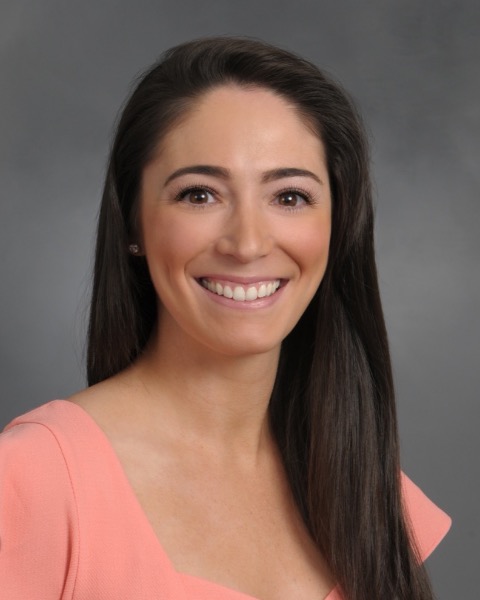Category: Prematurity
Poster Session I
(191) Provider willingness towards periviable cervical cerclage placement in singleton gestations: a survey of providers nationwide.
Cervical cerclage placement up to 24 weeks may prolong pregnancy and reduce preterm birth rates and associated neonatal morbidity. In certain settings, neonatal viability now extends as early as 22 weeks’ gestational age (GA). This periviability overlap leads to great variability among providers’ willingness to perform an ultrasound-indicated (UC) or physical exam-indicated (PEC) cerclage at 22- and 23-weeks GA. We aimed to elucidate current periviable cerclage placement practices among Maternal-Fetal Medicine (MFM) physicians.
Study Design:
A survey was available to all MFM members of the Society for Maternal-Fetal Medicine from February-May 2022. Participants were asked about their practice for UC and PEC between 22 0/7 – 22 6/7 weeks (22 weeks) and between 23 0/7 – 23 6/7 weeks (23 weeks). UC and PEC were defined in the instructions. This abstract specifically addresses provider willingness to provide UC and PEC at each GA in singletons. Rates of cerclage placement were calculated. Chi-square analysis and Fisher’s exact test assessed response differences according to physician characteristics (number of years in practice, practice model, and region of practice in the country). Separate logistic regression models were used on adjusted analysis to estimate the association between the odds of offering cerclage and each characteristic above.
Results:
406 responses (response rate 18.1%) revealed that at 22 weeks, 92.1% would offer UC and 95.8% would offer PEC. At 23 weeks, 62.6% would offer UC and 66.3% would offer PEC, with differences noted according to the number of years in practice and the region of the country of practice (Table 1). On adjusted analysis these differences remained, with the odds of UC and PEC being significantly lower at 23 weeks for those in practice > 10 years and providers in the South (Table 2).
Conclusion:
Periviable cerclage management varies greatly, with willingness to perform UC and PEC being significantly different according to region of the country and the number of years in practice. These differences reflect the need for evidence-based guidelines in these scenarios.

Gina F. Milone, MD (she/her/hers)
Fellow Physician
University of California, Irvine
Long Beach, California, United States- JC
Jenny Chang, MPH
University of California, Irvine, School of Medicine
Orange, California, United States - JB
Julia Bregand White, MD
University of California, Irvine
Anaheim, California, United States - JS
Jonathan Steller, MD
Department of Obstetrics and Gynecology, University of California Irvine
Aurora, Colorado, United States

.png)

